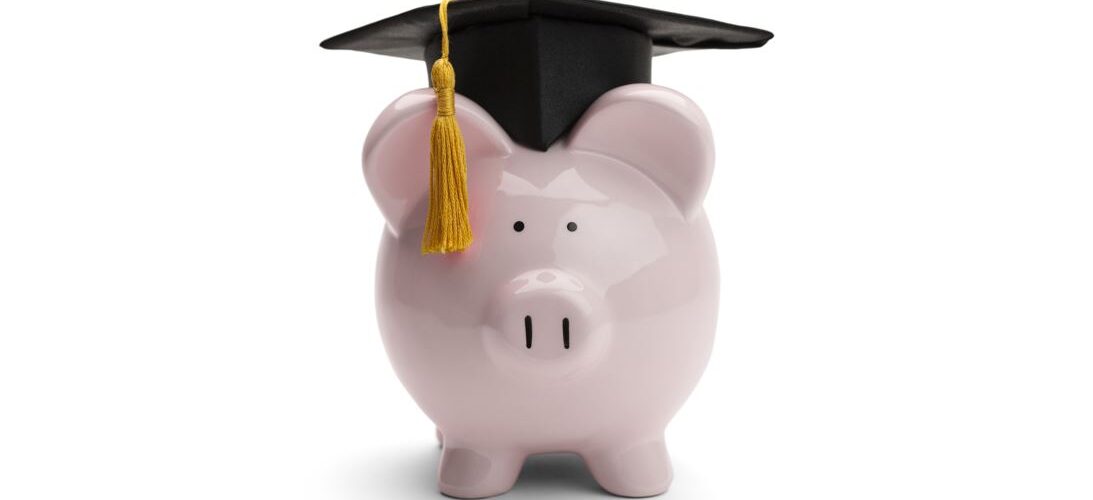
Student loan repayments are required when, after the April following the end of their course, the individual reaches their repayment threshold.
The repayment threshold will be determined by the type of student loan the individual took out at the time. For more details visit this Gov.uk site. Note a new student loan plan came into effect on 1 August 2023.
For individuals within the annual Self-Assessment tax return system, it is particularly important to be aware that the repayment is an “income” rather than an “earnings” threshold. Many different types of income can generate a student loan repayment requirement along with any tax or national insurance due.
Self-Assessment applies to:
The self-employed:
- where gross income is over £1,000 per tax year or where losses are made, or
- where voluntary class 2 national insurance contributions are paid to qualify for certain state benefits, or
- where there is a claim for tax free childcare or maternity allowance.
Property income
Those with property income over £1,000 gross per tax year (other than “rent a room” income from your own home within the exemption) fall under self-assessment. This includes former students who retain ownership of a property used during their studies, which now generates rental income for them.
Investment income
Self-Assessment can also include those with significant investment income.
Calculating your student loan repayment
When calculating the student loan repayment requirements, if your unearned income exceeds £2,000, then this income is included in its entirety along with your earned income.
Unearned income can include:
- profits from trade (after the trading allowance)
- profits from letting (after the property allowance)
- pension income
- interest from savings and investments (before the personal savings allowance)
- dividend income (before the dividend allowance)
An example
For example, Kate has a plan 1 student loan with a repayment threshold of £22,015 for 2023/24.
Kate’s salary is £21,000 pa and student loan repayments are not deducted from her earnings.
Kate also has £9,000 of property profits, after allowable expenses but before finance costs (mortgage interest), from her university flat which she still owns but let out after she moved away.
As Kate’s unearned income is more than £2,000 the £9,000 is added to her salary of £21,000 giving her an income of £30,000.
After deducting the repayment threshold of £22,015 the repayment rate of 9% is applied to the balance of £7,985 generating a student loan repayment of £718.65.
On Kate’s 2023/24 Self-Assessment tax return this £718.65 student loan repayment is added to any tax or national insurance also due with the total being payable to HMRC on 31 January 2025.
Summary
It is important that you familiarise yourself with your student loan repayment threshold. Be alert also to the different types of income you are receiving as you may fall into a level which triggers your loan repayment.
Please speak with your usual Shipleys contact or one of our team of specialists shown on this page if you have concerns about student loan repayments.
Specific advice should be obtained before taking action, or refraining from taking action, in relation to this summary. If you would like advice or further information, please speak to your usual Shipleys contact.
Copyright © Shipleys LLP 2024
